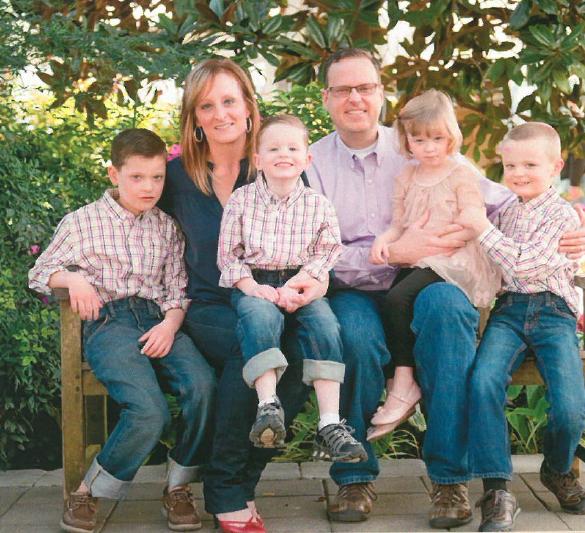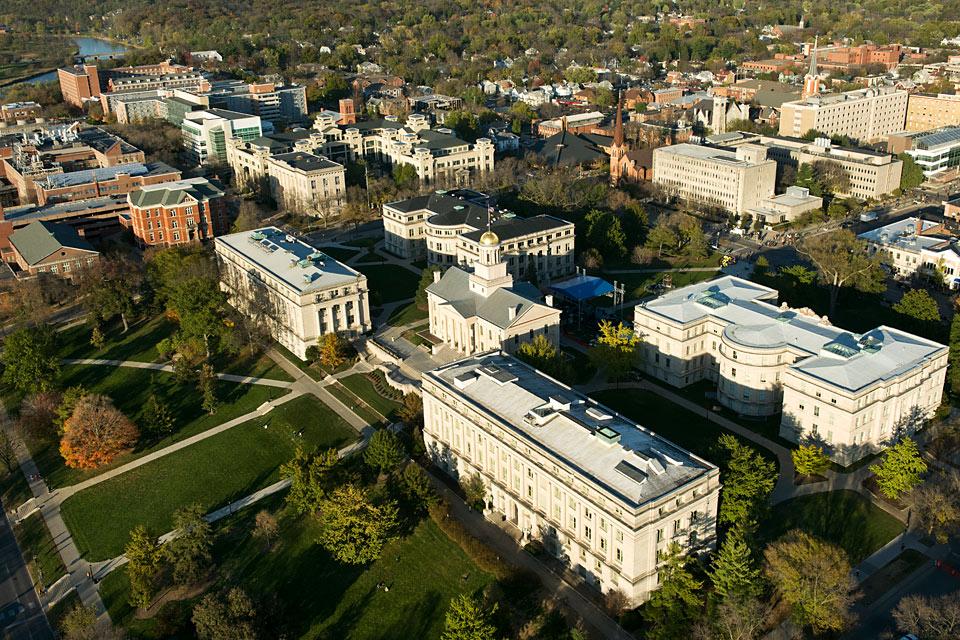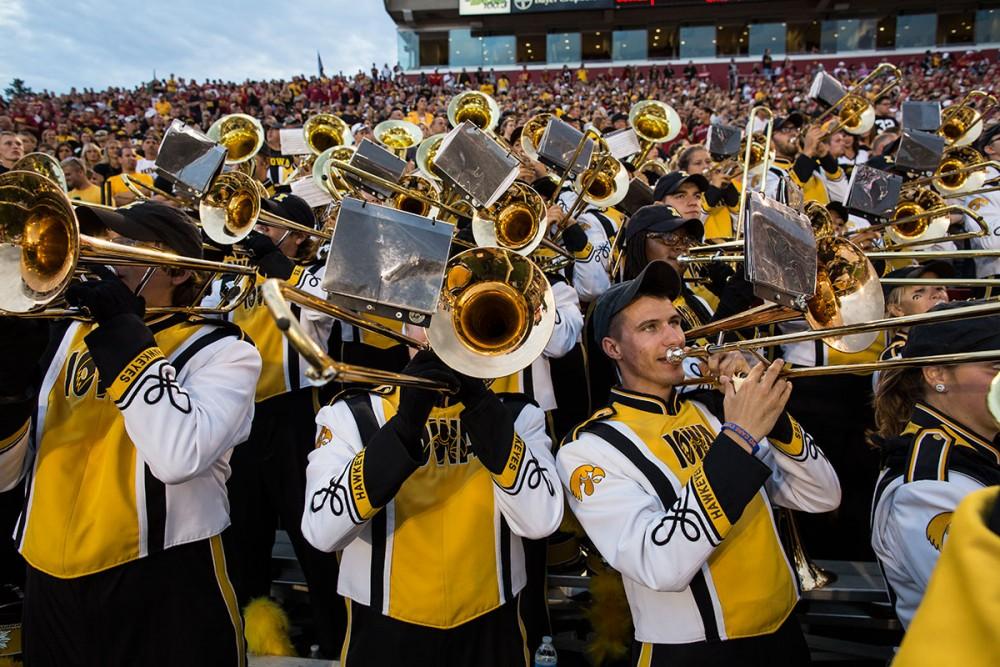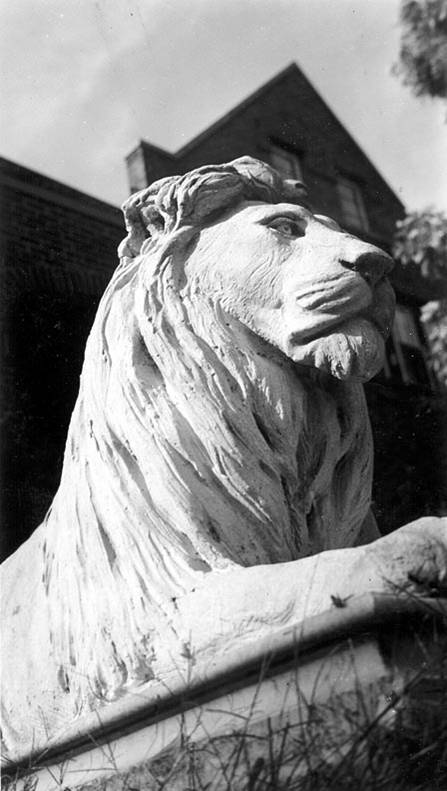Rensch family is living proof that when you join SAE, you're in the brotherhood for life
By Gregory E. Miller (IABE '86)
Director and Communications Chair, Iowa Beta Alumni Association
This month, I was able to catch up with Mike Rensch, a beloved brother from the 1980s. Rensch and I lived in The Lodge together and unfortunately, we lost touch over the years. Despite our hectic schedules, I caught Mike on his cell phone as he was heading home from work. He pulled his car over at a park and started to watch a guy catch fish in the pond while we spoke.
As a college student, Mike Rensch (IABE ’88) was always active in Iowa Beta and when you get to learn about his life, his wife and his children, you come to realize that the fraternity is still a big part of his every day life today.
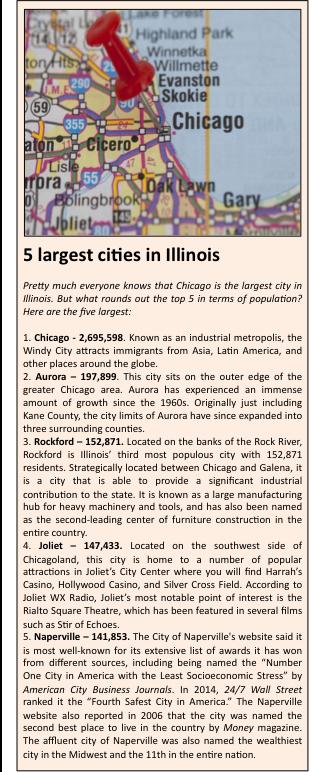
Rensch, 49, is one of the many brothers who live in one of Iowa Beta’s most highly popular domestic destinations, Naperville, IL. He is a consummate family man with three boys and a girl.
Rensch and his wife, Mary Kay, are a living SAE love story.
“I went through fraternity rush with a lot of great guys, including Mike Keough (IABE ’87) and I ended up marrying his sister,” Rensch said.“I met her many years later through John Crowley(IABE ’87), and I also knew her older sister from our days at the SAE Lodge. Crowley and his wife, Jeannie, set us up on a blind date and we got along, and now have been married for 11 years.”
Rensch grew up in Johnston, Iowa and was a contemporary of the late Mike Dunn (IABE ’85), who recently lost a battle with lung cancer. Dunn’s younger brother, David, was one of his best friends going through school along with Bill Stelter (IABE '88), who pledged the Iowa Beta chapter with Rensch.
Rensch graduated from Johnston High School and attended the University of Iowa, where he pledged the Iowa Beta chapter of Sigma Alpha Epsilon. He was initiated into the fraternity on February 15, 1985 and received SAE badge number 196376.
Mike and Mary Kay Rensch have a beautiful family. Mary Kay gave birth to their son Michael, 8, when Rensch was 40. Soon to follow were Patrick 7, Grant 6 and Charlotte 4. Michael and Patrick are both in the second grade, while Grant is in first grade. Charlotte is in pre-school. Raising four children is handful alone, but he and Mary Kay have given extra attention to two of the children who were born with epilepsy.

The Rensch family has experienced a wonderful summer and Grant and Charlotte are gearing up for soccer while Michael and Patrick will be taking the ice in October on hockey teams.
“All four played soccer over the summer and that meant three games every Saturday in different areas of Naperville,” Rensch said. “It was fun to watch and they all enjoyed playing. They are at the age where they are playing their position and not in a pack all going for the ball.”
Rensch said the epilepsy is managed now, but when the disease entered the family, it was both frightening and somewhat overwhelming.

Michael became sick when he was very young and underwent brain surgery when he was three years old. Michael’s epilepsy and subsequent surgery resulted in him not being able to learn quite as fast. He was held back and is in the same grade as Patrick.
“We noticed Michael was having these movements that we could not figure out,” Rensch said. “And being our first child, we were not sure what to think. We noticed that he would have these reflexive movements like he was startled and his brain was telling him he was going to fall.”
The first few times it happened the couple dismissed it, but then they realized it was happening more and more often. The truth was that Michael was having hundreds of seizures a day.
“We said to ourselves, ‘What is going on?’ ” Rensch recalled. “And then Michael would start crying. So we would take him to the doctor and all would be normal during the visit. So the doctors thought it was isolated and that Michael would outgrow it.”
But the episodes became more and more frequent and on one occurrence, the Rensch’s took Michael to the emergency room. It was there that Michael was diagnosed with a very rare form of epilepsy, called Infantile Spasms.
The treatment is to medicate in hopes that the seizures will stop.
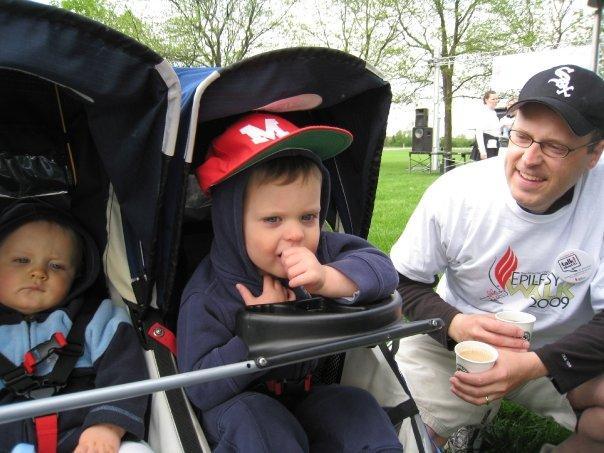
“We went through every possible combination of medicine and nothing worked,” Rensch said. “The doctors were able to figure out that the seizures were coming from one spot in his brain. This was good because when children are little, the doctors can remove the problematic part of the brain, which usually results in the seizures stopping.”
Mary Kay and Mike agreed to the brain surgery and during the procedure, the doctors discovered a tumor. This was causing the problem.
“Today, Michael is basically seizure free, so the procedure was the right decision,” Rensch said. “He still is taking medicine but he is getting old enough to the point where we might look at dialing down on his meds and see if the seizures are over with.”
Rensch said he knew nothing about epilepsy before Michael started showing symptoms.
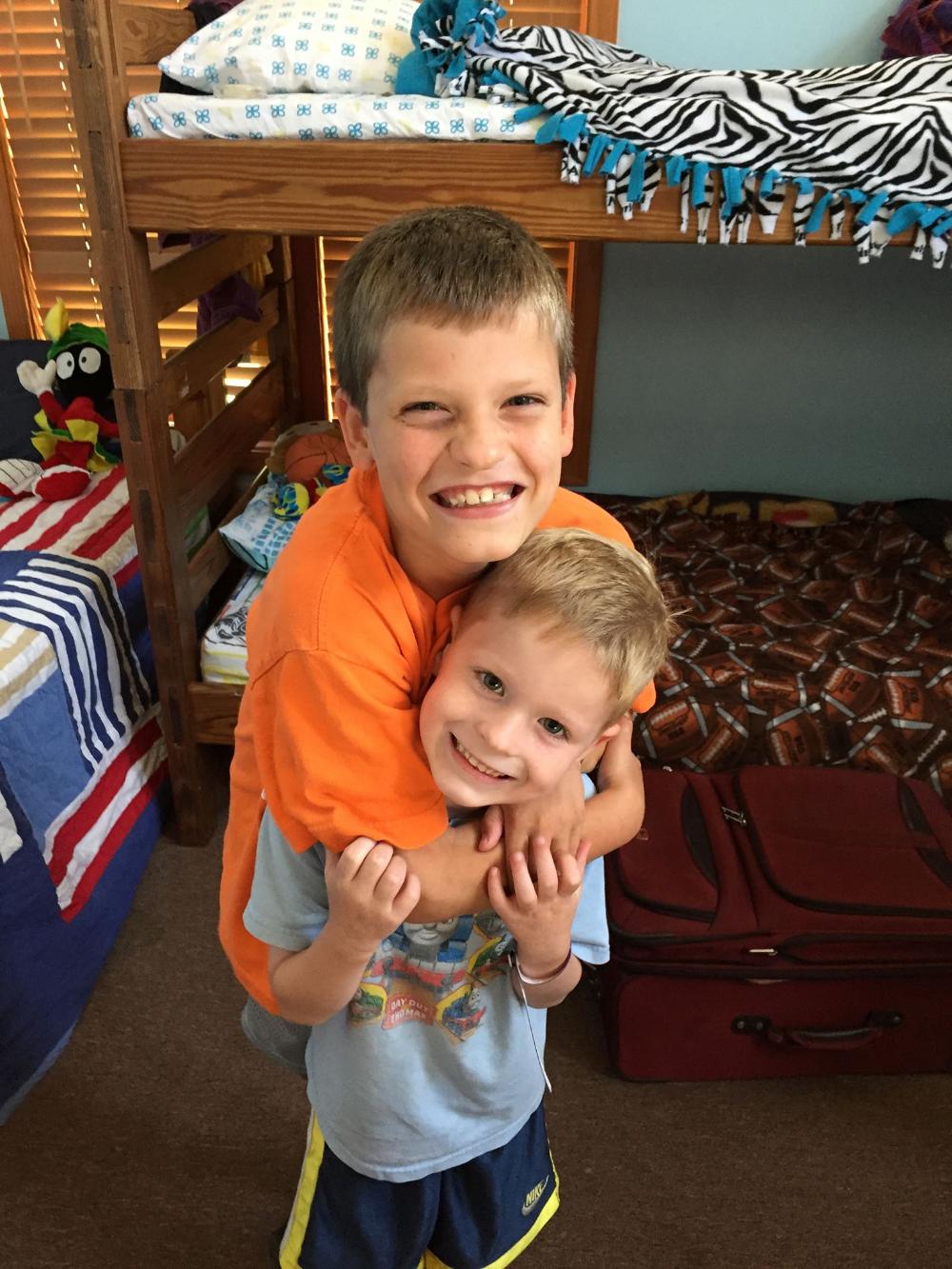
“Usually you think of seizures as uncontrollable movements of your limbs and parts of your body, but that was not the case with Michael,” Rensch said. “Instead, Michael would just have these staring spells. You could just tell that something was going on with him. He would just stop in his tracks. And we could easily detect if something was going on with him. Others could not tell. For instance, when we got home and asked a babysitter if she noticed anything out of the ordinary, she would tell us she did not encounter anything.”
Grant also began showing signs of epilepsy at an early age.But when he was taken to doctors, medicine worked fairly fast and the seizures stopped. Doctors are considering dropping Grant’s medicine as they are speculating that he may have outgrown his condition.
“Many kids out grow epilepsy and this could be true for Grant,” Rensch said. “But we know Michael had a reason for his condition. Grant has had brain scans and images taken and the doctors do not see any abnormalities. So, we’ll see and we are hopeful.”
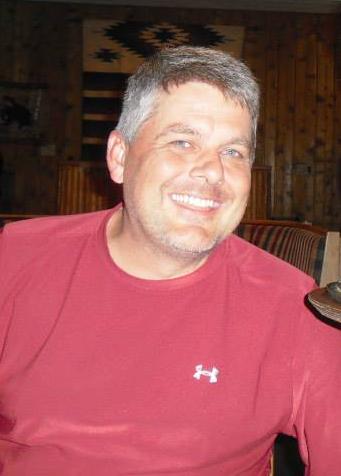
Rensch said he can attribute his fraternity experience and his current SAE family for giving him the strength and courage to be a dedicated husband and loving father. He said his early SAE days were formatively instrumental.
Rensch arrived at the University of Iowa campus in the fall of 1984. He lived in Burge Hall his first semester, went through formal rush and pledged SAE. In the second semester, he moved into The Lodge and was roommates with Mike Cleff (IABE ’87), who now anchors the 6 p.m. and 10 p.m. TV news in the Wabash Valley area of Indiana/Illinois.
Rensch said some of the people he met during rush, Marc Rosenow (IABE ’86), Crowley and Cary Shinsako (IABE ’86) all live in the Chicago area and are life-long friends.
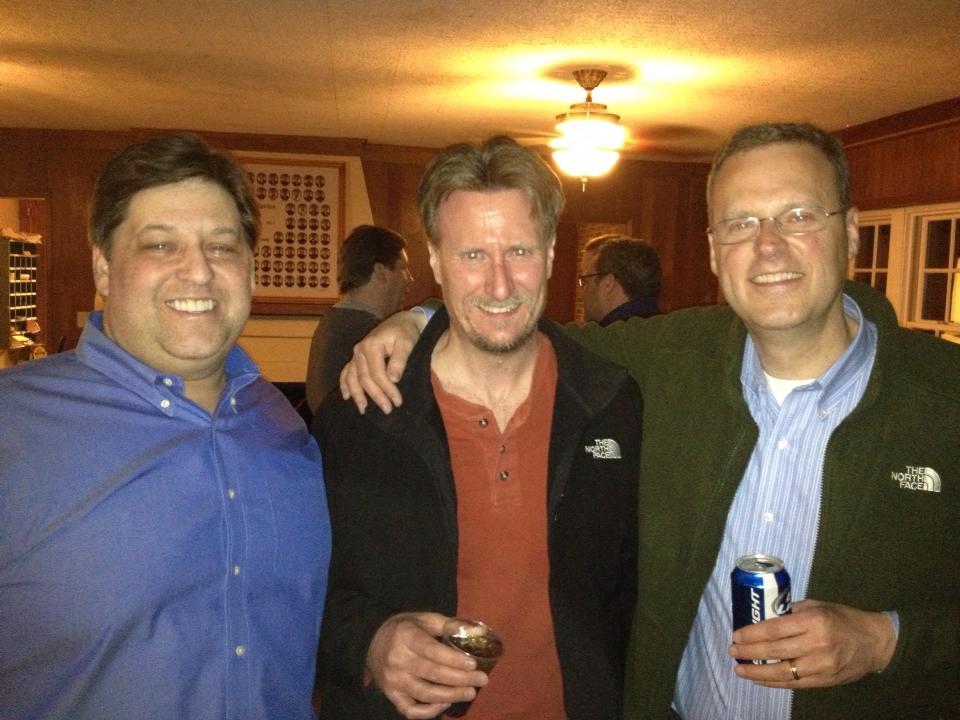
“You meet and go through the SAE experience with this wide variety of guys and it’s just amazing,” he said. “You have Joel Lueck (IABE ’86), who is such an amazing, great artist. Wayne Schwertley (IABE '85) was like a big brother. (The late) Tom Critelli (IABE ’86) was just a hilarious dude. Chris Karras (IABE ’86) was a scream and then there is Joe Fajdich (IABE ’86)…I mean how can you describe Fajdich?”
Rensch majored in political science.
“I could not get into the business school because I just didn’t apply myself enough,” Rensch said. “My first semester taking poly sci I earned a 3.3 GPA. That was my best academic semester ever. After that I lived in the high 2 points.”
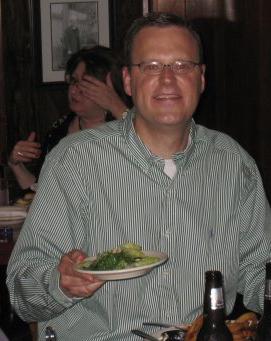
Following graduation, Rensch took a job with ITT Financial in West Des Moines. Two years into that company, he took a supervisor role in Chicago. He then took a job as a credit manager with Illinois Brick in Bridgeview.
After 10 years there, Rensch took accounting classes at a junior college in order to sit for the CPA exam. He passed the exam in 2008 and went to work for a bank selling mortgages.
When Michael started getting sick, Rensch was in public accounting, a job that lasted a few years. This month, Rensch is celebrating his third anniversary as the controller for G.E. Mathis Company, which specializes in metal fabricating. It’s a family owned business that started in 1905.
He is now half way through his classes to earn a master’s degree in finance.
“I’m redeeming my undergraduate academic performance because now I get all As in my classes,” he laughed.
Not only is Rensch constantly working to improve himself, he has, along with Mary Kay, spearheaded the charge to keep the clan active in the epilepsy community. Michael and Grant both went to an epilepsy camp over the summer and the family recently attended an epilepsy picnic.

The Rensch’s are active in the Epilepsy Foundation of Greater Chicago. Michael and Grant’s neurologist is a member of its board. The group helped the family cope with the disease as well as advocate for customized schooling and needs.
“We try to support the Foundation by attending their events, picnic and other fundraisers they organize,” Rensch said. “Governmental funding in Illinois has been a battle and May Kay has testified in front of smaller budget groups to plead the case to fund the Foundation. She has testified not only in Chicago but also in Springfield.”

The Rensch’s also appeared on a Naperville-area television show where they were able to present the benefits the Foundation provides the community.
“Only 100 people saw the spot, but it was a fun experience to do something positive,” Rensch said.
The future looks good for both Michael and Grant. Michael, though a bit behind academically, has followed his father’s tireless work ethic. Young Michael has worked with tutors and attended therapy sessions all summer long. He visits both speech and occupational therapists.
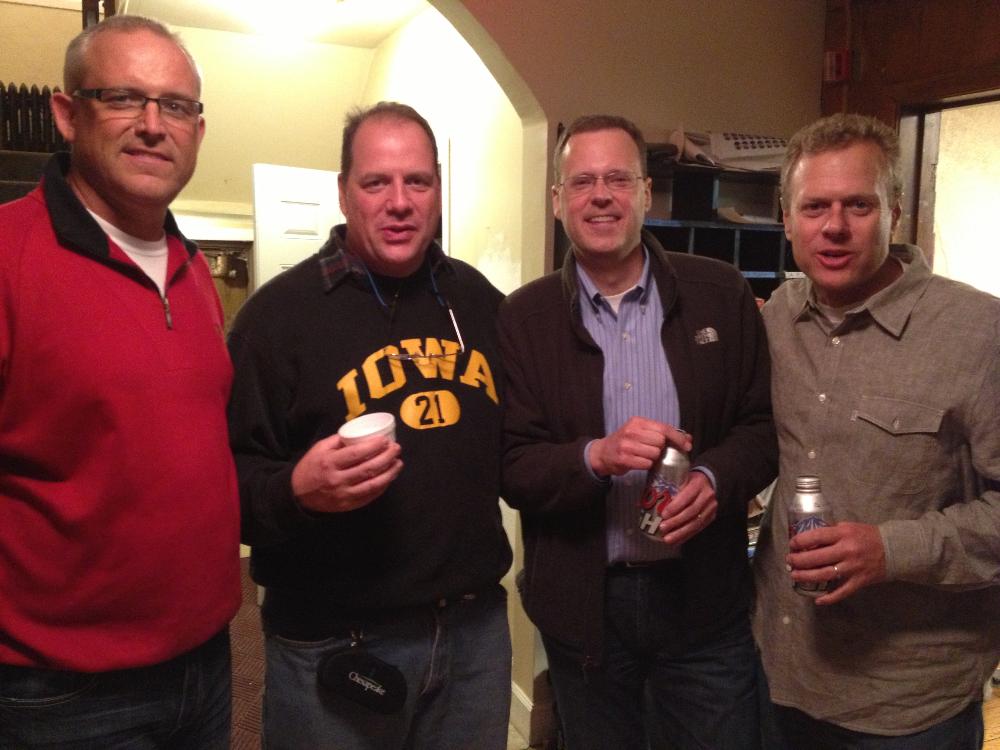
Rensch will tell you that there is no quit in Mary Kay as well.
“My wife is not a soccer mom…she’s more of a therapy mom,” he laughed. “She is always hauling all the kids with her to all the appointments and events. The situation is better than it was but it still requires a lot of work, she is amazing.”
Mary Kay also contributes as a part-time teacher and her schedule is in the mid day hours so she can both get the kids to school and pick them up in the afternoon and get the evening dinner and program under way.
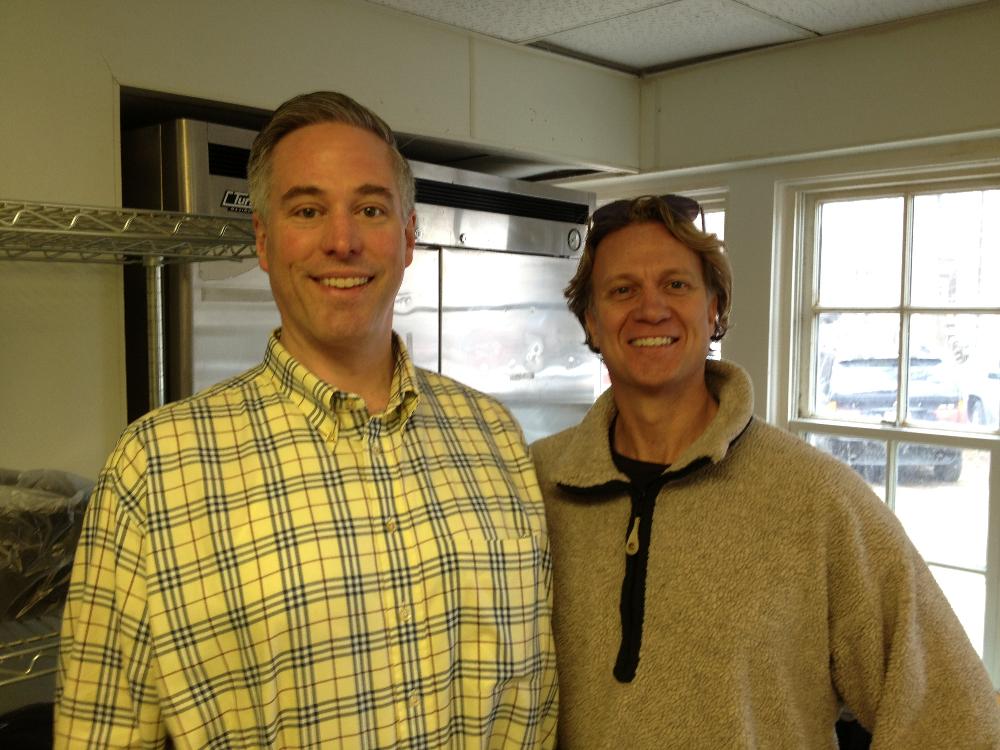
Rensch’s dedication to service started early. He served the fraternity in the roles of Eminent Recorder and as Little Sisters of Minerva Chairman. He said the experience helped him grow as a man.
“I came out of Johnston, Iowa as this geeky high schooler who was looking for his way in life,” he recalled. “I met up with these SAE guys who took an interest in me and guided me into manhood. I had all these people whom I could draw guidance from. I was surrounded by all these big brothers I never had. I tried to emulate the best parts of the guys I was around.
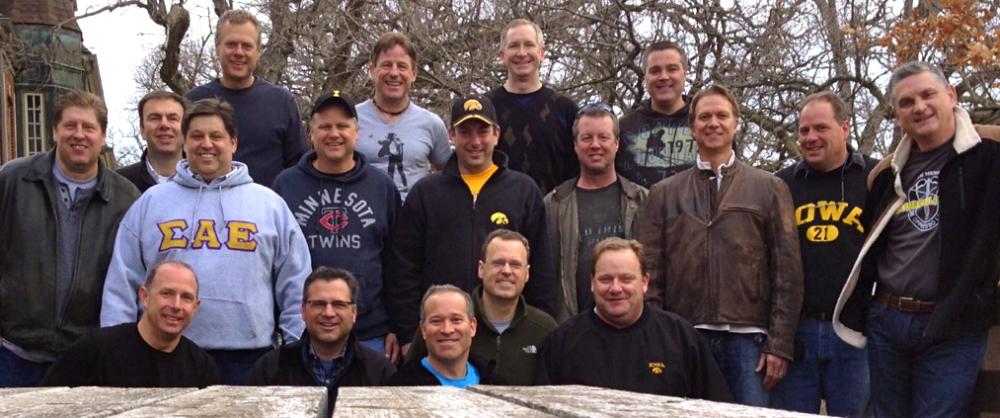
“I didn’t know how to dress or form a wardrobe. Guys like John Salkeld (IABE ’85) were able to teach me how to study. I was able to gain knowledge, develop confidence and talk to them about what I wanted to do for the rest of my life. I got some exposure and learned about different cultures because we had quite a different spectrum of people.
“I still have a lot of friends from that short time in my life…and some of them are my best friends. Even the guys I don’t engage regularly, I feel I can call any one of them and they would help me out. And I feel the same way; if they were to call me I would do what I could to help them. Brotherhood is for life.”
The rebuilding of the Iowa Beta chapter begins
By Deran C. Abernathy (University of Texas at Dallas '04)
Associate Executive Director, Alumni Engagement
Sigma Alpha Epsilon Fraternity & Foundation
The countdown has begun to restart the Iowa Beta chapter!
Iowa Beta will return to the University of Iowa campus in fall 2016 as a Phoenix colony.
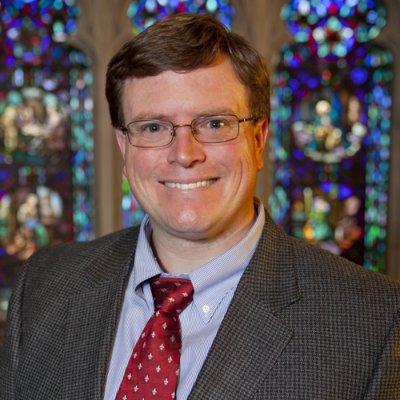
Embarking on a path known as the "chartering process", which includes reaching set milestones and goals, Iowa Beta will, ultimately, petition to receive its charter back and regain its rightful place as one of the best SAE chapters in the realm.
Rebuilding Iowa Beta is a process relying heavily on alumni involvement. The SAE Fraternity Center could not be more proud of Iowa Beta alumni and the level of support they have already shown. It certainly bodes extremely well for a bright and sustainable future as we prepare to have an active group of undergraduate students representing the Fraternity on Iowa’s campus once again.

Prior to a small group of undergraduate students forming an “interest group", later becoming a colony, an Alumni Advisory Board (“Board”) will be established. This Board will lead the rebuilding of Iowa Beta and assist the fledgling colony in several key areas including financial guidance, chapter operations, recruitment and strategic planning. The Board itself will be a standing committee of the Iowa Beta Alumni Association and can be comprised of SAE alumni from any chapter as well as non-SAEs, if appropriate.
The Board will solidify relationships with University officials and guide the undergraduates in accordance with the True Gentleman Initiative and the True Gentleman Experience. SAE Fraternity Center staff will train the Board on best practices and remain heavily involved, from “interest group” inception to colonization and through the charter being reissued, conducting regular meetings and communications to ensure success.
The timeline for establishing the Board will start in the fourth quarter of 2015. Once committed alumni volunteers are identified, the Fraternity Staff will conduct in-person training as early as first quarter 2016.
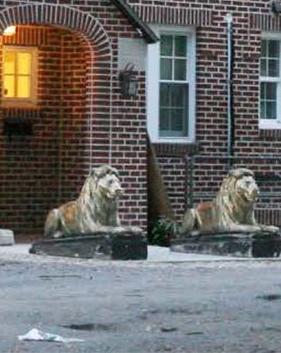
After the Board is established and trained, the next step is to identify and recruit prospective undergraduate members to form the interest group. The interest group is the nucleus around whom the colony will be established.
It is extremely important to get the culture right from the start; prospective members must be serious men of good character with strong academic standing and demonstrate leadership through campus, extracurricular and community involvement.
Iowa Beta is trending ahead of target because of a strong interest in serving on the Board by alumni, and a number of SAE legacies already indicating an interest in becoming re-founding fathers of Iowa Beta.
The formation of the Board will include a chairman whose responsibilities, in the words of Major General Ken Leuer (IABE ’56), will be “a hands-on action person capable of thinking outside the box” to determine the best strategy and develop a roadmap for success, re-establish relationships with the University of Iowa, and lead the Alumni Board.
Alumni will help the undergraduates learn what it means to be in a fraternity and build a chapter while providing guidance, support, new ideas, and demonstrate that membership is for life.
We need your help to foster the rise of the Phoenix colony at the University of Iowa.
We know your free time is limited so we have various ways you can become and stay involved. We have structured SAE chapter operations around core areas associated with the True Gentleman Initiative. Here are possible areas for your involvement:
· Chapter Management
· Recruitment
· Member Education
· Ritual
· Scholarship
· Service and Philanthropy
· Health & Safety (formerly known as "Risk Management")
· University Relations/Campus and Interfraternity Leadership
· Financial Management
· Housing
· Mentoring
These areas are the "Mission Critical" elements for making a chapter run well.
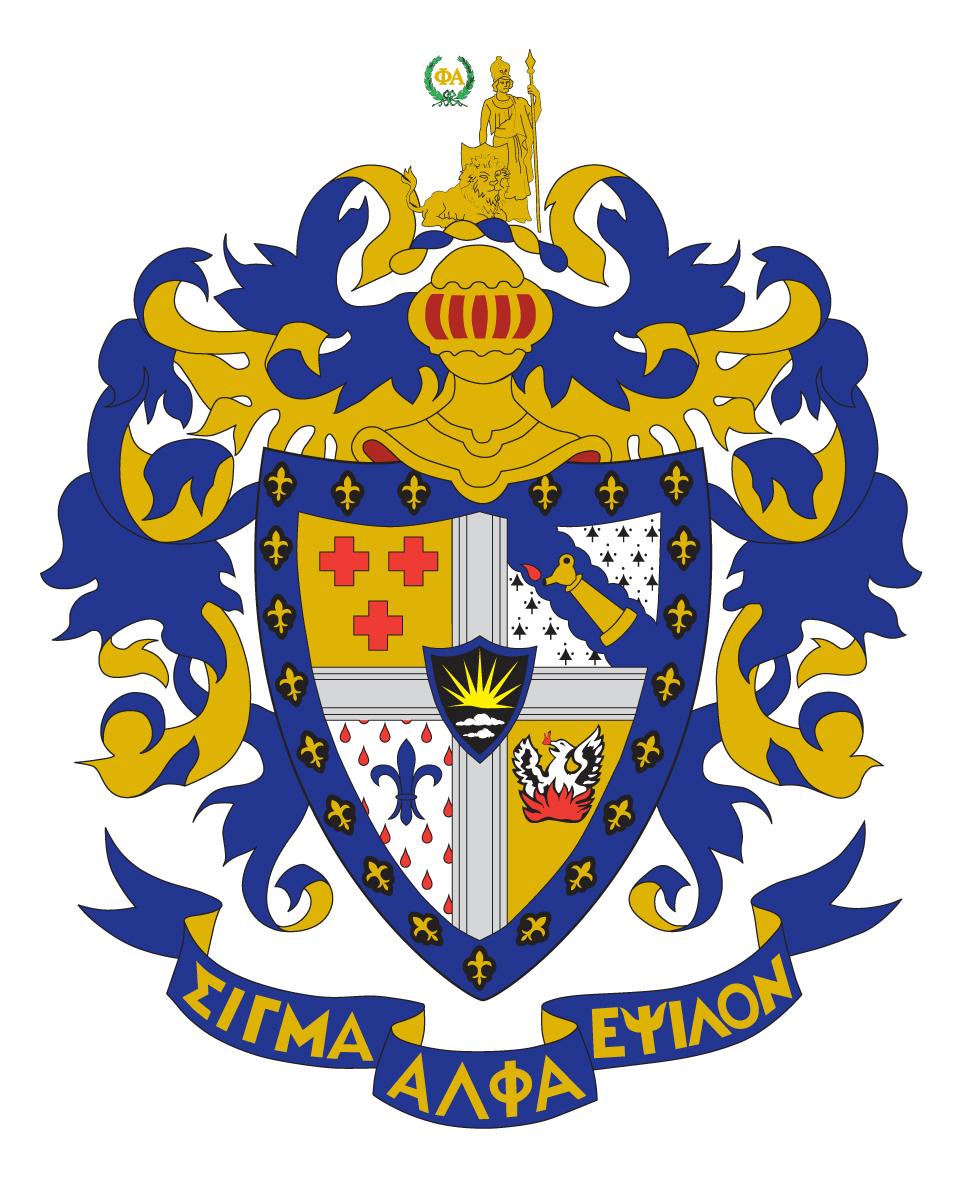
Chapters are moving away from a single Chapter Advisor, who must be proficient and responsible for all areas of chapter operations, to a Board of Advisors, headed by the Chairman, where duties are spread out to one or more alumni members having personal or professional expertise in one or more of the mission critical elements.
A strong local presence is preferred, however we know Iowa City is unique with few alumni remaining in the immediate area. With today's technology, some portion of remote participation may be acceptable.
Any of the roles in a good Alumni Advisory Board can be filled by alumni or other qualified people - including non-Greeks, women, and alumni of other fraternities. Of course, Ritual advising must be reserved for only Sigma Alpha Epsilon alumni members.
To learn more about how you can help rebuild Iowa Beta, please click the "Volunteer" button below. Thank you and Phi Alpha!
Quiz Answer: The Pentacrest buildings names
The Pentacrest is the heart of the University of Iowa campus and encompasses four buildings that surround the Old Capitol.
Iowa City served as the third and final territorial capital of Iowa and as its first state capital, when Iowa was admitted into the union as the 29th state on December 28, 1846.

The cornerstone of the Old Capitol was laid on July 4, 1840. The architect was John F. Rague, who modeled it after the capitol he previously designed for Springfield, IL.
The Old Capitol became the first permanent home of the University of Iowa, founded in 1847, when the legislature moved to Des Moines in 1857. The other buildings on the Pentacrest date from the early twentieth century.
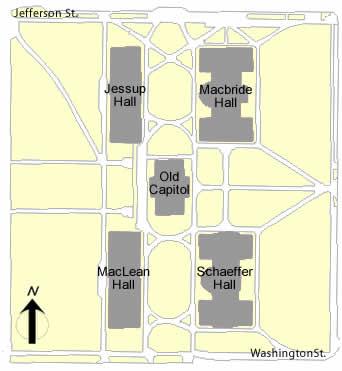
The five buildings that make up the Pentacrest are:
The Old Capitol - The first capitol building used by the State of Iowa is now largely a museum and gift shop, although its chamber rooms are often used for formal occasions and meetings. The Iowa Beta chapter used a lower-level conference room here for weekly meetings during the early 1900's.
MacBride Hall - Named for 10th University of Iowa president Thomas MacBride, MacBride Hall houses the Museum of Natural History, MacBride Auditorium, the Hageboeck Hall of Birds, and several classrooms.
MacLean Hall - Named for 8th University of Iowa president George MacLean, MacLean Hall houses the Computer Sciences Department, the Mathematics Department and several lecture halls, offices and classrooms.
Jessup Hall - Named for 11th University of Iowa president Walter Jessup, Jessup Hall houses the Office of the President, the Office of the Provost, the Registrar's Office and various finance functions.
Schaeffer Hall - Named for 7th University of Iowa president Charles A. Schaeffer, Schaeffer Hall houses the College of Liberal Arts & Sciences, the History Department, the Political Science Department, the Statistics & Actuarial Science Department, faculty offices and classrooms.

When the University of Iowa was interviewing architects to build additional campus buildings, it is reported that in 1939 Frank Lloyd Wright told the university officials that its current campus architecture was terrible and that in particular the Old Capitol needed to be torn down. Wright favored a more contemporary approach to a campus architecture master plan.
But the Old Capitol remained an iconic fixture in Iowa City. The logo of the University of Iowa features a stylized version of the Old Capitol's dome.
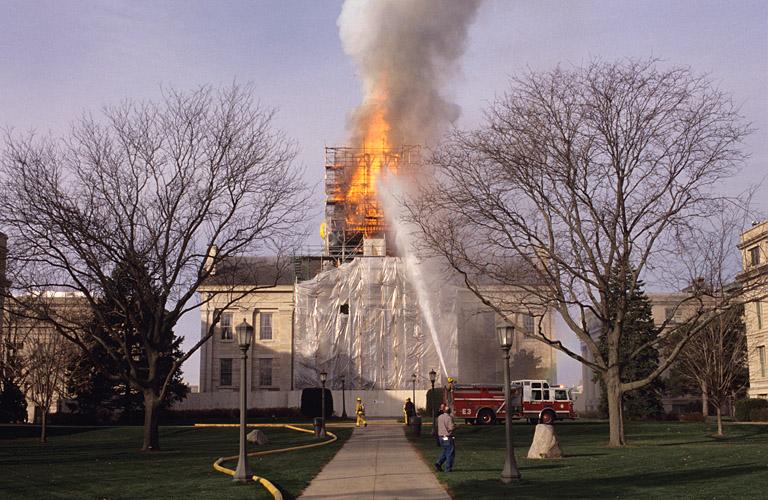
MacBride, Maclean, Jessup and Schaeffer Halls were all designed by the respected Des Moines architectural firm of Proudfoot & Bird (which is no longer in existence).
The Old Capitol suffered a devastating fire on November 20, 2001 to its golden dome. Workers trying to remove asbestos apparently caused the fire. It took several years to repair the damage. However, the Old Capitol was restored to its former glory and its wooden dome is now re-covered in 23 3/4 carat gold leaf. It reopened to the public in May 2006.
Did You Know?
"The Iowa Hawkeye Victory Polka" is an adaptation of a movie song composed by Ernst Neuback and Ralph Maria Siegel from the 1956 German film, Die Fischerin vom Bodensee.
Originally entitled, Im Himmel gibt’s kein Bier, the "Victory Polka" was first played by the Iowa Hawkeye Marching Band after a home football game victory in the early-1960s.
The song became extremely popular with students and alumni alike. It remained a staple at Kinnick Stadium until it was banned by university officials in 2001 for supposedly promoting alcohol consumption.
However, the ban was short-lived as public pressure forced the removal of the ban by the UI president after only one month.
The original German lyrics are:
Im Himmel gibt’s kein Bier,
Drum trinken wir es hier.
Denn sind wir nicht mehr hier,
Dann trinken die andern unser Bier.
The commonly sung English translation is:
In Heaven there is no beer,
That's why we drink it here.
And when we're gone from here,
Our friends will be drinking all our beer.
However, the third line is literally translated from German as "Because we are no longer here."
Today, "The Iowa Hawkeye Victory Polka" is played after all Iowa football victories when the marching band is present, whether at home or away games.
To the hear the song played, click here
September 19 Tailgate Reminder
The Iowa Beta Alumni Association will be hosting a family-friendly tailgate event on Saturday, September 19. Alumni, family and guests are welcome. Food and beverages will be provided throughout the day.
Iowa Beta Alumni Association treasurer Bill Stelter (IABE '88) is serving as the event chairman.
The University of Iowa will be playing a night game against the University of Pittsburgh, which is scheduled to start at 7 p.m. Central Time.
The Iowa Beta alumni tailgate event will be held at the University of Iowa Main Library parking lot on South Madison Street, from 11 a.m. to 6 p.m. Look for the Iowa Beta Alumni Association flag.
This is a great weekend to bring family and tour Iowa's campus and the surrounding communities.
You can also check for updates at: www.iowabetasae.org/events.html
For planning purposes, if you haven't done so already, please respond with your interest by clicking the RSVP button. Thank you.
UI welcomes largest class ever
The class of 2019 sets a record at the University of Iowa, according to the office of Strategic Communication.
This fall, UI brought in its largest, most academically accomplished and diverse undergraduate class in the university’s history.
The class of 2019 is made up of 5,241 total students, 575 more than 2014's 4,666.
The office reported that the freshman class also surpassed records in achievement, boasting 700 Old Gold Scholarship recipients, compared to 523 in 2014. Old Gold Scholars must have a 30 ACT (or combined SAT critical reading and math score of 1330), as well as a 3.80 GPA on a 4.00 scale. The class also has the highest average high school GPA of 3.66, compared with 3.63 in 2014.
47 percent (or 2,458) in this group are Iowa residents, 41 percent (2,170) residents of other U.S. states, and 12 percent (614) are international students. Students represent all of Iowa's counties; 50 states, as well as Washington, D.C., and Puerto Rico; and 26 countries, including the U.S.
The UI’s most diverse incoming class ever has nearly 21 percent—1,082 students—identifying as African-American, American Indian, native Hawaiian or Pacific Islander, Asian, Latino, or two or more races. The percentage of minority students grew from 19 percent last year and is up from 12.6 percent in 2010.
“This is another outstanding class, and we think they will be wonderful additions to the talented and successful student body at the University of Iowa,” P. Barry Butler, UI executive vice president and provost said in the report. “We’re looking forward to another year of supporting our students to achieve personal and educational goals, and providing numerous opportunities for them to succeed and graduate.”
This year, 22,357 undergraduates are enrolled at the UI, compared to 22,354 in 2014. Total UI enrollment this fall is 32,150 students, compared to 31,387 in 2014.
Graduate students total 5,688 (versus 5,804 in 2014), and professional students total 1,799 (versus 1,812 in 2014).
(Click graphic to enlarge.)
Harreld named UI's new president
From the UI Office of Strategic Communication.
J. Bruce Harreld, a former Harvard Business School faculty member and corporate executive who helped save a foundering IBM in the 1990s, will become the 21st president of the University of Iowa.
The Board of Regents announced Harreld, 64, as its unanimous selection on Sept. 3 to replace Sally Mason, who retired Aug. 1 after serving eight years as president. Harreld will take office Nov. 2. His salary was set at $590,000, with a five-year deferred compensation plan with an annual contribution of $200,000.
"I am truly happy to be here," Harreld says. "It's an honor. It is a watershed moment for a great institution. I am going to listen, and I am going to learn."
The announcement concludes a search that began in February, only weeks after Mason announced her retirement. The Board of Regents appointed a 21-member search and screen committee to work in conjunction with professional search consultant Parker Executive Search.
Board of Regents President Bruce Rastetter says "we really believe we have a great university but we want to see that opportunity to be larger and greater, and Harreld is someone who has provided that type of leadership to organizations.”
Harreld, a corporate advisor and management consultant, held a variety of corporate executive positions with Kraft Foods, IBM, and Boston Market restaurants before coming to the Harvard Business School in 2008. There, he held dual appointments in the entrepreneurial and strategy units and focused on teaching strategy. His research focus was encouraging innovation, changing corporate cultures, and managing people.
Jean Robillard, UI’s vice president for medical affairs, has been serving as interim president and led the 21-member search committee charged with recruiting and vetting applicants for the position. Robillard will continue to serve as interim president until Harreld takes office.
"I think (Harreld) brings tremendous value to the university," Robillard says. "I think this is great for the university, it's great for the state, and, honestly, I think it's great for the country."
With just over 31,000 students, the University of Iowa is one of the nation's top public research universities, known around the world for its balanced commitment to the arts, sciences, and humanities. UI is home to one of the nation's largest academic medical centers and the world-renowned Iowa Writers' Workshop. The university is a member of the Big Ten Conference and the Association of American Universities.
J. BRUCE HARRELD
PRIOR POSITIONS: Faculty member, Harvard Business School (2008–2014); vice president, strategy, IBM (1995–2008); president, Boston Market Co. (1993–1995); adjunct professor, Northwestern University (1993–1994); senior vice president and division president, Kraft General Foods (1983–1993); consultant, manager, vice president, Boston Consulting Group (1975–1983)
EDUCATION: Bachelor of Engineering, Purdue University, 1972; Master of Business Administration, Harvard University, 1975
PERSONAL: Wife, Mary Gillilan Harreld, attorney; four adult children, six grandchildren
Harreld is a member of Sigma Chi fraternity.
Disclaimer: All images used by the Iowa Beta Alumni Association are either owned by the alumni association, authorized for use by the alumni association or are used under Fair Use for education, information and news purposes by a 501(c)(3) nonprofit organization. If you are the copyright holder of a certain image and wish us to remove that image, please contact us at the email address below.
